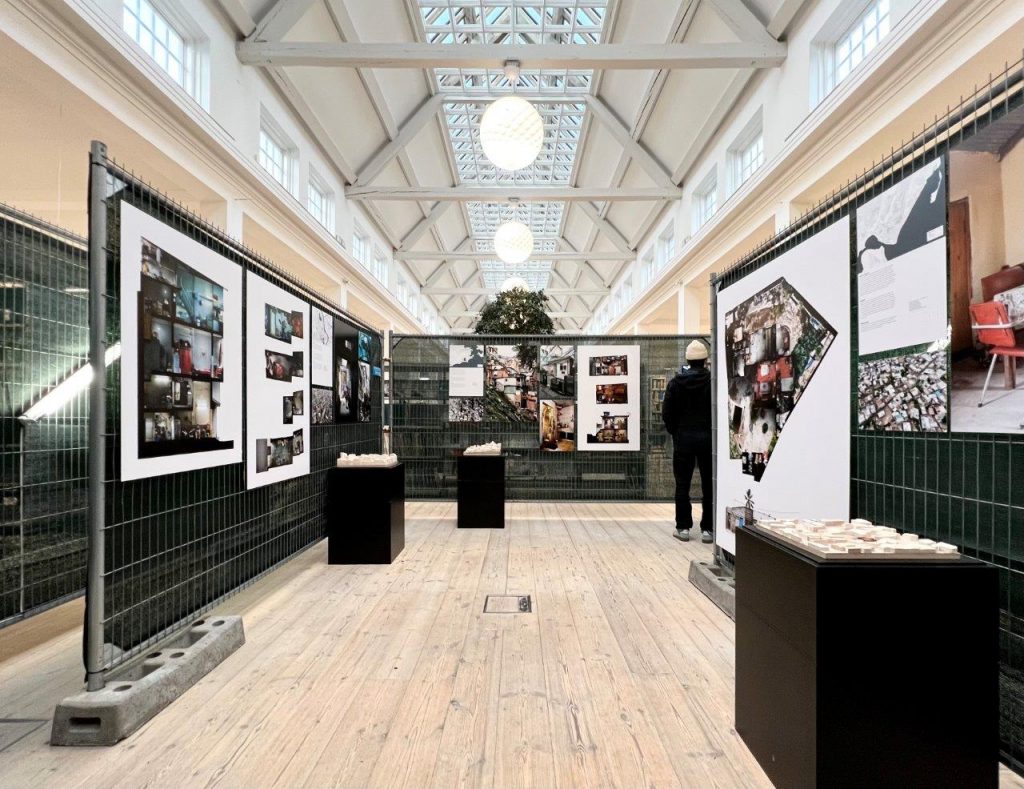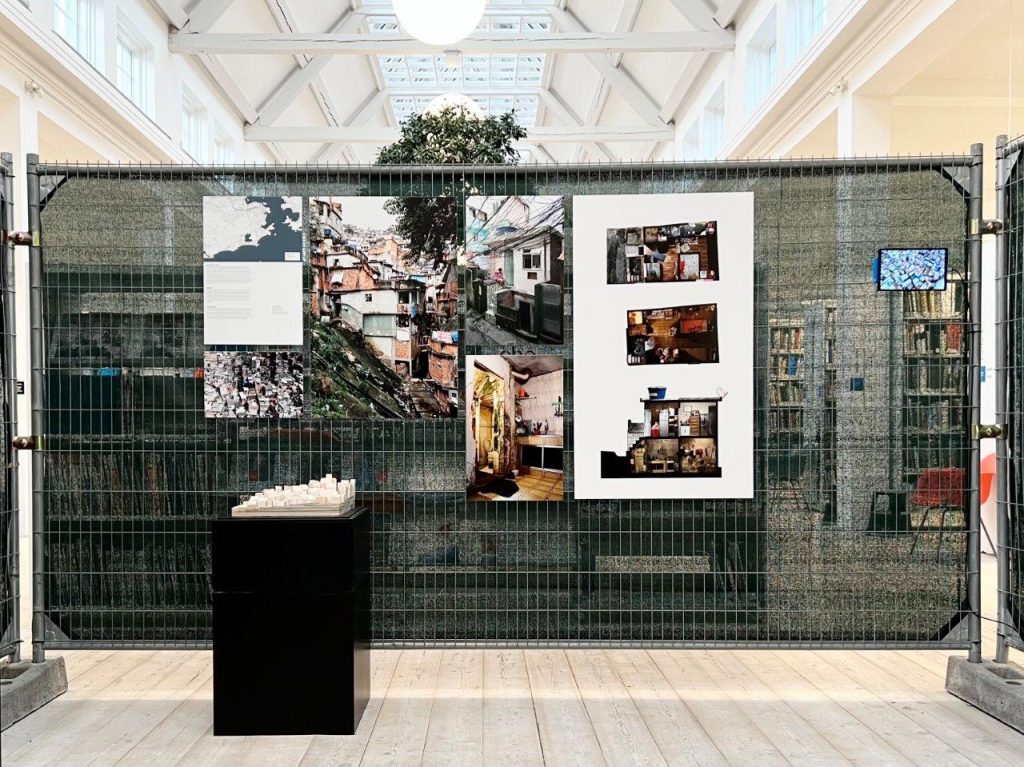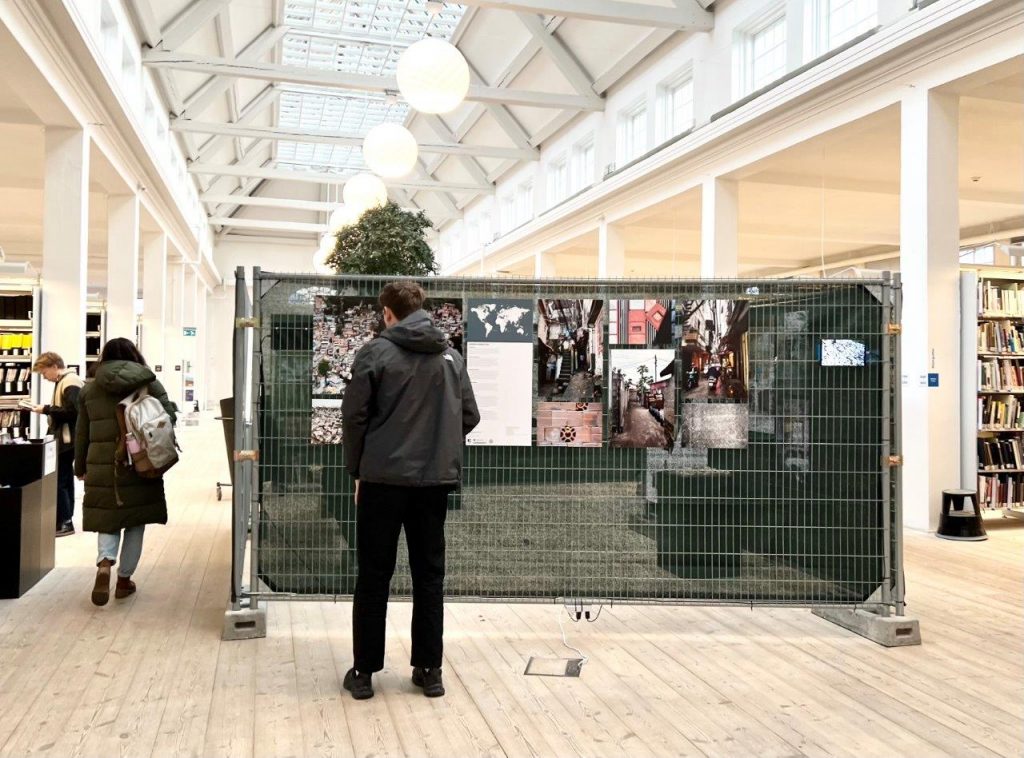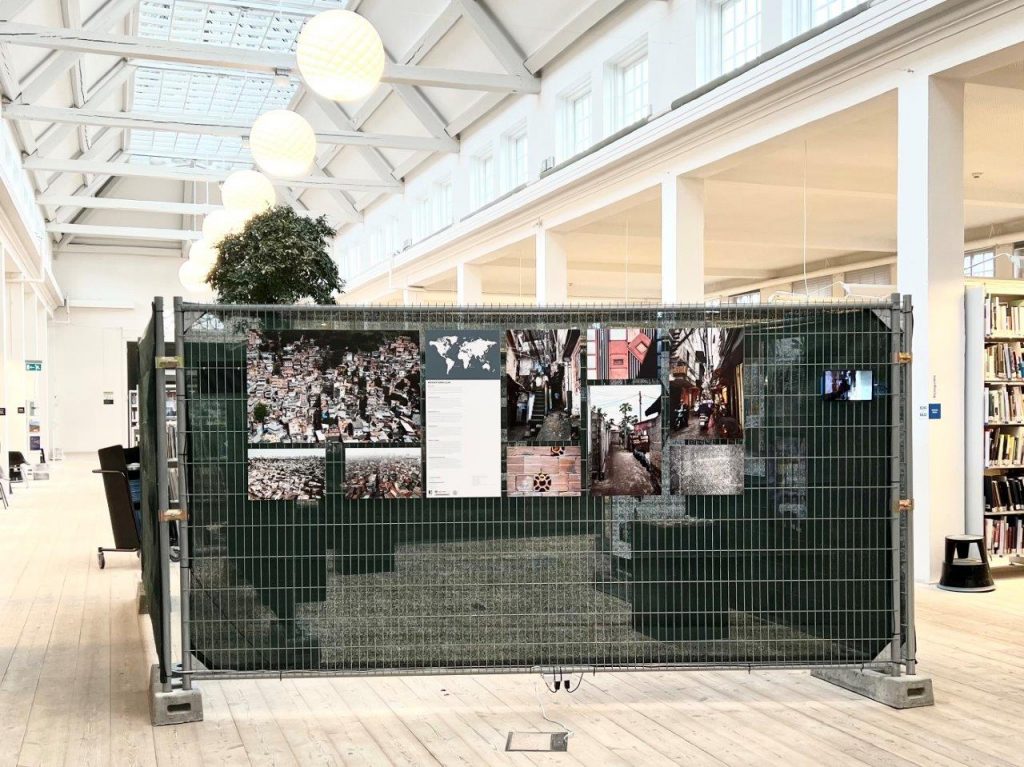
Modern Vernacular is an exhibition showcasing examples of contemporary informal housing in Africa, Asia, and Latin America designed and built without the involvement of architects. The exhibition is titled Modern Vernacular, as the exhibited houses and urban areas are characterized by the use of modern industrial construction materials utilized across different contexts according to local geographic, economic, and cultural conditions.
Vernacular architecture refers to the different local building cultures which have emerged across the world outside of the academic architecture tradition. Such construction practices are typically based on the utilization of local materials, adaptation to local geographic conditions, and optimized use of resources. Vernacular architecture is often characterized by refined building practices developed over time based on bottom-up processes. However, most of these historical construction practices are diminishing today as modern industrial construction materials are more affordable.
Modernist architecture emerged in the late 19th century based on innovation in technology and driven by academically trained architects through top-down processes. Modernist architects emphasized principles of industrial production methods in construction, largely based on the use of glass, steel, and reinforced concrete. Central figures of the modernist movement such as Le Corbusier advocated for an ‘International Style’ free of historical references and applied universally independent of context. Today, the principles of construction developed in the modernist era are widely adopted across the world.
Traditional vernacular architecture is a relatively marginal phenomenon in contemporary urban areas in the Global South, as industrial construction materials such as corrugated iron sheets and reinforced concrete have proliferated based on market mechanisms. However, a new type of vernacular architecture has emerged in contemporary informal settlements. It is both modern and vernacular as it is based on industrial construction materials applied in interplay with local contextual conditions without the involvement of academically trained architects.
Informal settlements are areas that develop without enforcement of urban regulation. Such areas are often characterized by lack of urban planning, haphazard construction, and inadequate infrastructure provision. Informal settlements generally proliferate in contexts where parts of the population are financially excluded from the formal housing market and the public authorities lack sufficient resources to effectively administer the urban development. Residents of informal settlements typically lack the financial resources to involve architects in the construction of housing. Nevertheless, these urban areas often feature distinct aesthetic and functional qualities, including collage-like architectural attributes, access to affordable housing, and vibrant social life.
More than one billion people reside in informal settlements worldwide and demographic projections suggest that informal settlements will grow substantially in the coming decades. Accordingly, informal housing will be constructed on a vast scale to accommodate the rapidly growing urban populations in the Global South. This exhibition thus highlights a major tendency in contemporary construction and urban development characterized by the use of industrial construction materials adapted to the local contextual conditions without the involvement of engineers, urban planners, and architects.
The exhibition was made in collaboration with Marco Prahm.










